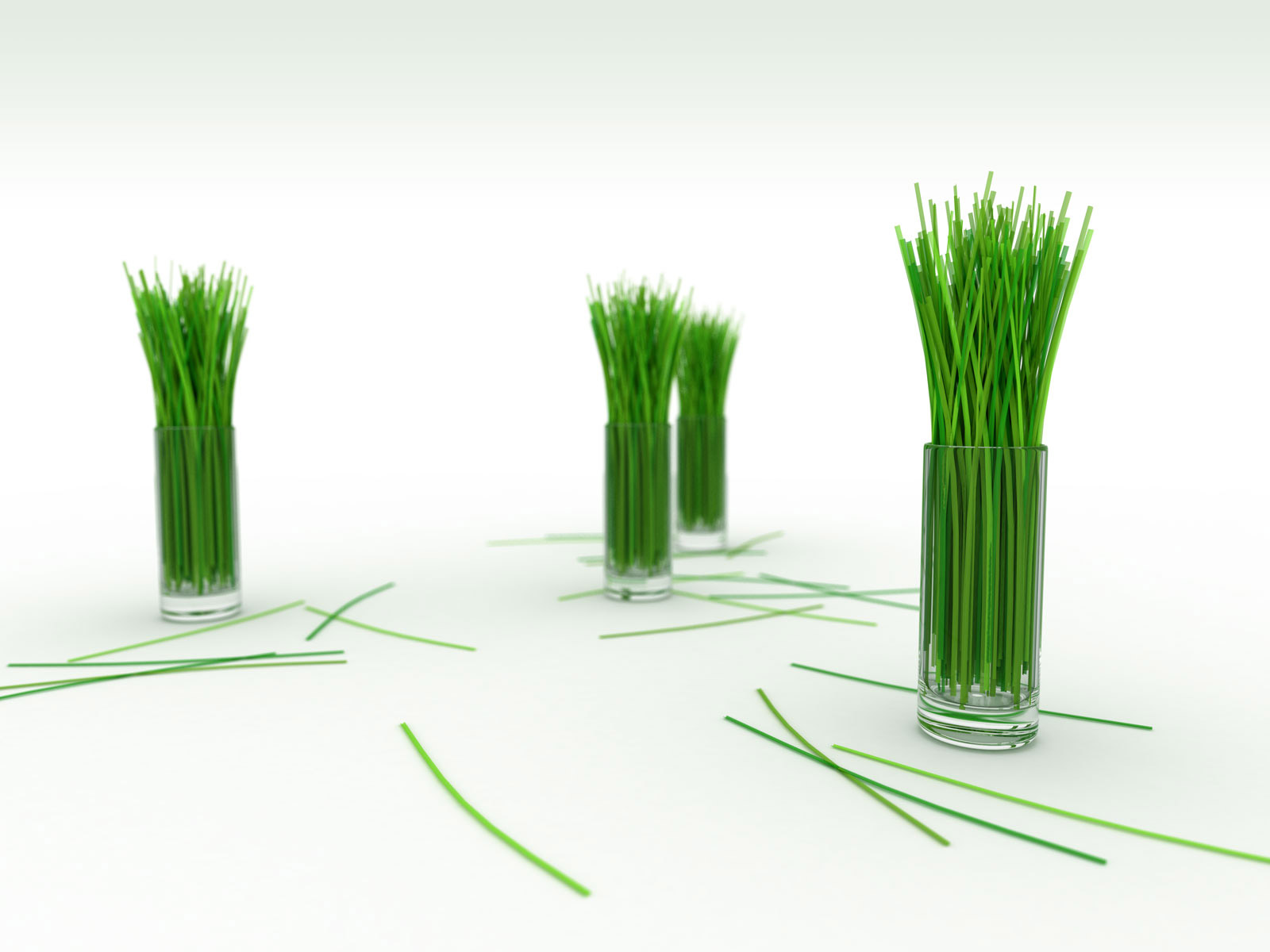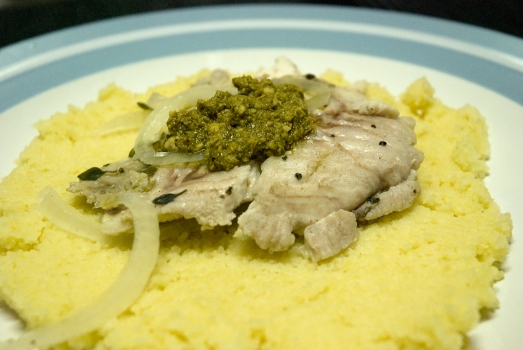Poaching most any fish, is an easy way to ensure perfect cooking. The gentle heat, low temperature, and the fluid environment are a perfect match for the way that fish, delicate by composition, respond to heat. By deep poaching fish, in this case flounder, you’re less likely to overcook it or dry it out.
Court-bouillon is a flavored liquid for poaching or quick-cooking foods. Loosely translates as ‘briefly boiled liquid’ or “short broth” because the cooking time is brief in comparison with a rich and complex stock, and generally is not served as part of the finished dish. Since fishes do not cook for very long, court-bouillon is the perfect medium to us for poaching. Typically, cooking times do not exceed 60 minutes.Traditional uses include poaching fish and seafood, but it is also used for poaching vegetables, eggs, sweetbreads and delicate meats. The traditional court bouillon, as the French always made it, is water, salt, white wine vinegar, vegetable aromatics (such as of carrot, onion, and celery). However, always substitute the white wine vinegar with lemon juice, since it’s the acidic nature of the vinegar that we need, and lemon juice substitute that just perfectly. Court-bouillon need not be elaborate.
Use the amount of water that would just be enough to cover the flounder fillet. If you’re unsure how much to make, put your fillet in the pot and cover with cold water, then measure the quantity of water and make that much court-bouillon.
Make the court-bouillon
6 cups of water
whole yellow onion, thinly sliced
2 carrots, thinly sliced
2 bay leaves
small bunch of fresh thyme
half cup to 3/4 of lemon juice
a nice and lean flounder(ikan sebelah) fillet
Please note that the above is for reference only. Use as much water just so that the fish is completely submerged in the water, so adjust the quantity of the ingredients by aportioning. Combine the water, onion, carrots, bay leaves and thyme in a pan just large enough to containe the flounder. Bring the water to a simmer, reduce the heat, and cook for 20 to 30 minutes. Raise the heatto high and add the lemon juice. Bring the liquid just below boiling temperature, about 82 degree C (if you don’t have kitchen thermometer, just observe the water that it does not completely boil but in a state of wildly simmering). Slide the flounder into the pan, cook for about 10 minutes to medium-rare. Use a slotted spatula to remove the flounder from the court-bouillon and serve (in this case, with some couscous and topped-off with a spoonful of pesto).
The same technique works just as well if not even better, with salmon, since they responds so well to the technique. Good salmon, properly poached, will become almost buttery in flavor and texture.

